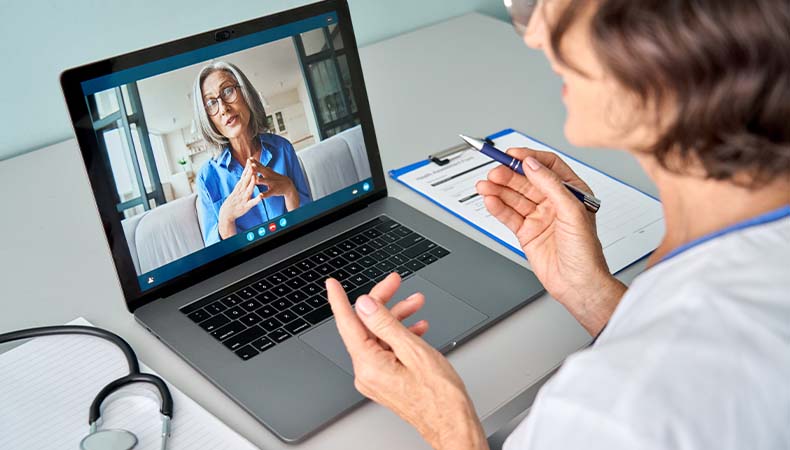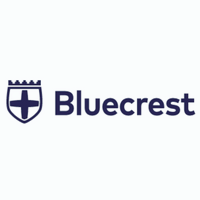How health literacy can become a workplace priority
In a working world increasingly defined by personal empowerment, employees are taking more responsibility than ever for their own health.
But with this shift comes a challenge: do they actually have the knowledge needed to make the right choices?
Recent findings show the average UK adult turns to online search engines more than 1,200 times over their lifetime to self-diagnose symptoms – and one in three get it wrong, only realising after seeking proper care or diagnosis.
This growing reliance on online health information isn’t just a personal concern.
It signals a wider knowledge gap that could be compromising workforce wellbeing, from missed early warnings to delayed interventions.
For employers, this can translate into real-world impacts, such as lower productivity, increased absence, and disengagement with existing health benefits.
This presents a clear opportunity for employers to help employees access healthcare and understand it properly.
Even small shifts in how we communicate, educate and support can make a big difference to how people engage with their health. Here’s five practical ways to get started.
1. Start with the data and insights
Bluecrest recently tested the health literacy of 2,000 UK adults using its new Health IQ (HIQ) quiz — a tool designed to assess knowledge of everyday health topics such as BMI, calorific needs and cancer risks.
The results were striking: the average score was just 57.4 out of 110, placing most people in the ‘developing’ range.
This baseline highlights space to improve understanding around fundamental health concepts – the very knowledge employees need to make informed decisions about their wellbeing.
It also uncovered clear disparities by gender, age and region.
These include:
- Women scored significantly higher than men (61.9 vs. 52.6)
- Gen X outperformed other generations (60.6), while Gen Z scored the lowest (54.2)
- Regional divides were marked, with the East of England leading at 61.2 and Wales trailing behind at 52.2.
For employers, these insights can help shape wellbeing strategies that are more targeted, inclusive and effective.
Tailoring education by region, demographic or job type can lead to better engagement and outcomes.
2. Make education a core component
Communicating health benefits clearly is important.
Employees also need to understand not just what support is available, but why it matters and how to use it.
Building education into your wellbeing strategy ensures people are not only aware of the resources on offer but equipped to act on them.
Think short-form content, myth-busting campaigns, or interactive tools that simplify complex topics.
For instance, a series explaining what constitutes a ‘healthy’ BMI, or how to interpret blood pressure readings, can make abstract information far more accessible.
Health assessments are another touchpoint with educational potential.
When paired with simple, contextual explanations, not just numbers on a page, they prompt self-reflection and can drive meaningful behaviour change.
Layering this knowledge into onboarding or wellbeing apps embeds understanding into everyday working life.
3. Normalise health conversations in everyday culture
Despite growing awareness, talking about personal health at work still carries stigma – particularly around mental health, long-term conditions or perceived vulnerability.
For employees to fully engage with support, workplaces need to become environments where health isn’t just acknowledged, but openly discussed.
This doesn’t have to mean deeply personal disclosures or heavy-handed campaigns.
Psychological safety can be fostered through small, consistent actions.
Peer-led initiatives or monthly wellbeing check-ins can create informal spaces where people feel safe to share and ask questions.
Likewise, aligning internal communications with national awareness days, such as Men’s Health Week or World Cancer Day, can spark timely conversations that destigmatise common issues.
4. Support digital navigation and signpost credible sources
With the majority of people turning to the internet first for health concerns, the issue isn’t a lack of information, it’s too much of the wrong kind. Misleading, contradictory or fear-driven content can leave employees more confused than before they clicked ‘search’.
Employers can play a powerful role here by pointing people in the direction of trustworthy, accessible, and evidence-based resources.
This could be as simple as curating a list of recommended sites or tools within your wellbeing portal or HR comms.
Or embedding interactive tools, like Bluecrest’s HIQ quiz, into onboarding or benefits platforms.
The goal is to equip employees to find and trust information that empowers them to take action.
When the digital journey starts from a credible source, employees are less likely to delay seeking help, disengage from available support, or lean on misinformation.
5. Design for inclusivity by closing literacy gaps
Health literacy is often shaped by socioeconomic background, language, digital access, and education level.
That means the most vulnerable employees may also be the least equipped to navigate health challenges or engage with support services.
Review how your health and benefits content is written and delivered.
Is it clear, concise and culturally inclusive? Could visual formats or translations help reach more people?
Pulse surveys and focus groups can also uncover hidden barriers, ensuring your strategy meets the real needs of a diverse workforce.
Visual aids, translated materials, and alternative formats (e.g. video or audio) can help make information accessible to a broader audience. Inclusive representation can help employees become more likely to engage when they see their own experiences reflected in case studies or campaigns.
Test you own health IQ here and begin to better understand how well you truly know your body.
Supplied by REBA Associate Member, Bluecrest Wellness
Bluecrest Wellness offers high-quality health screenings.








